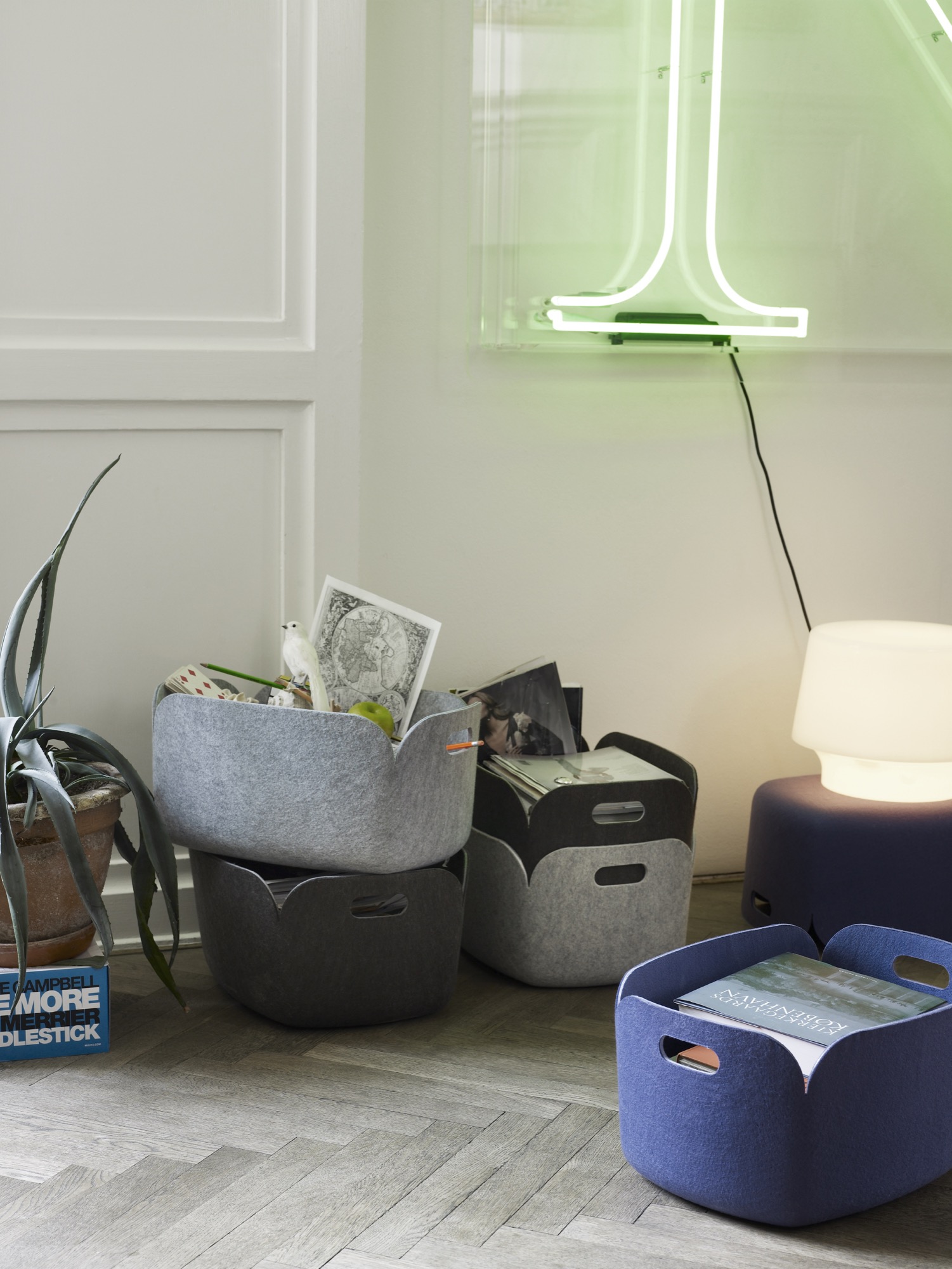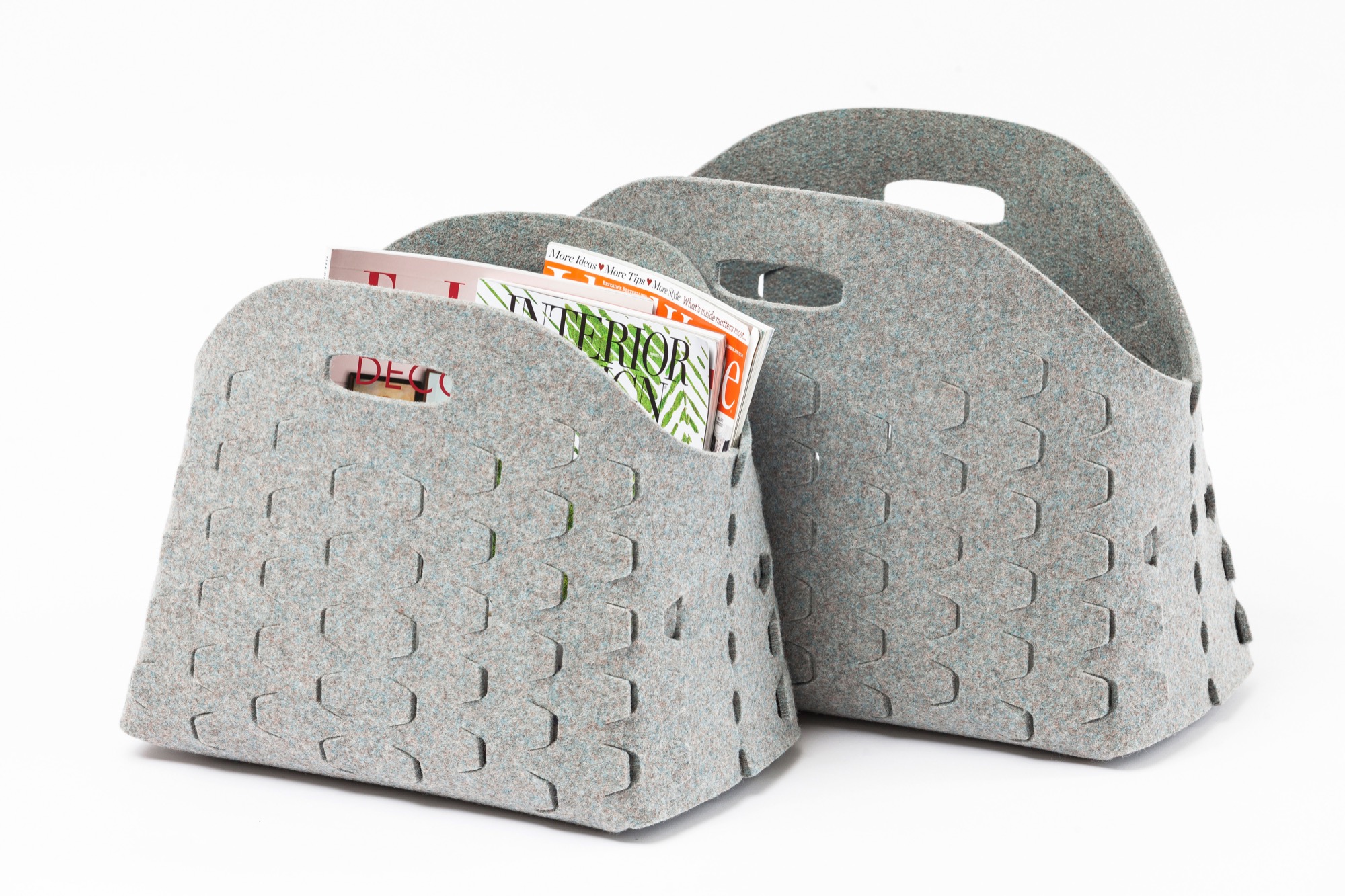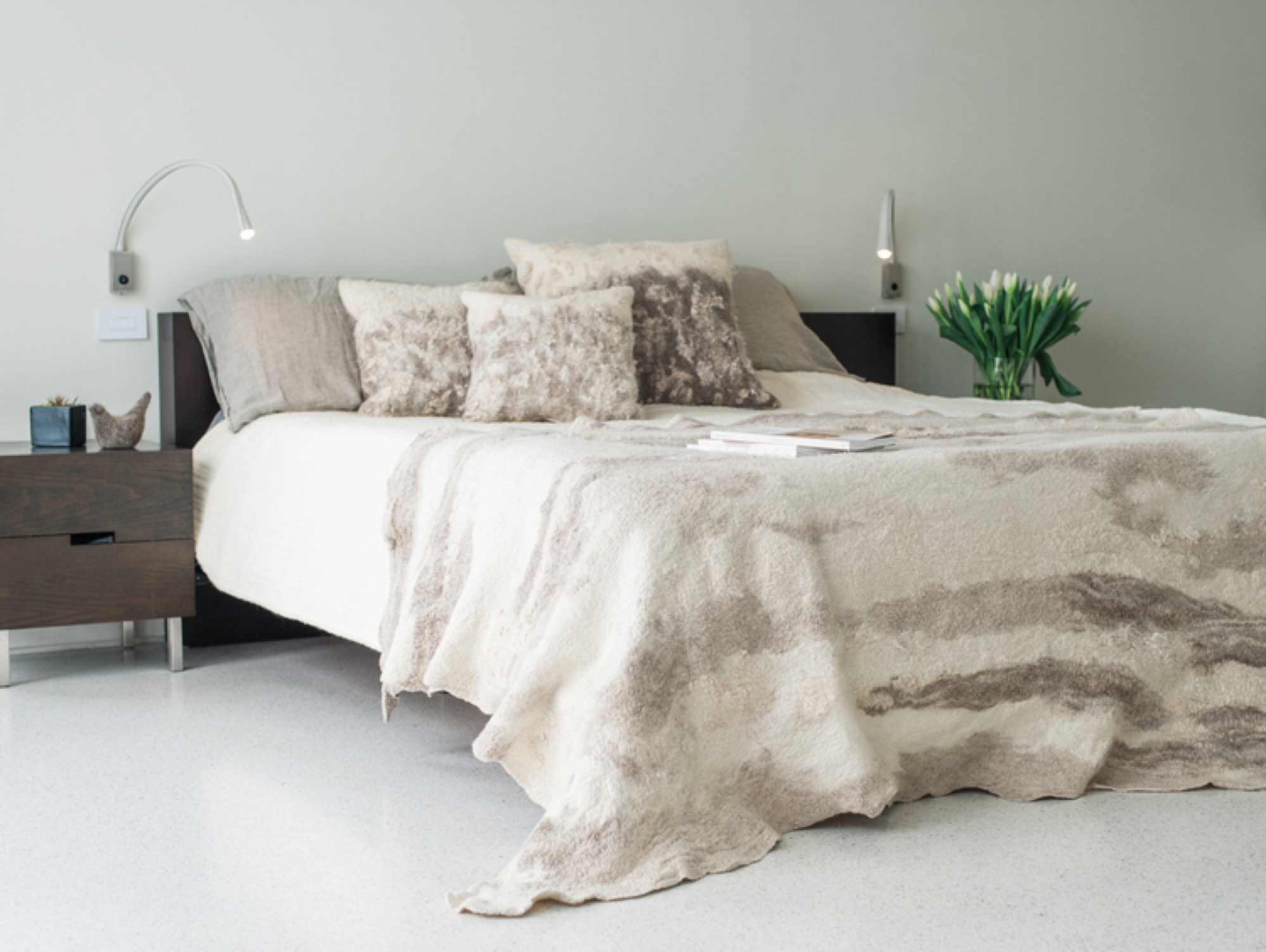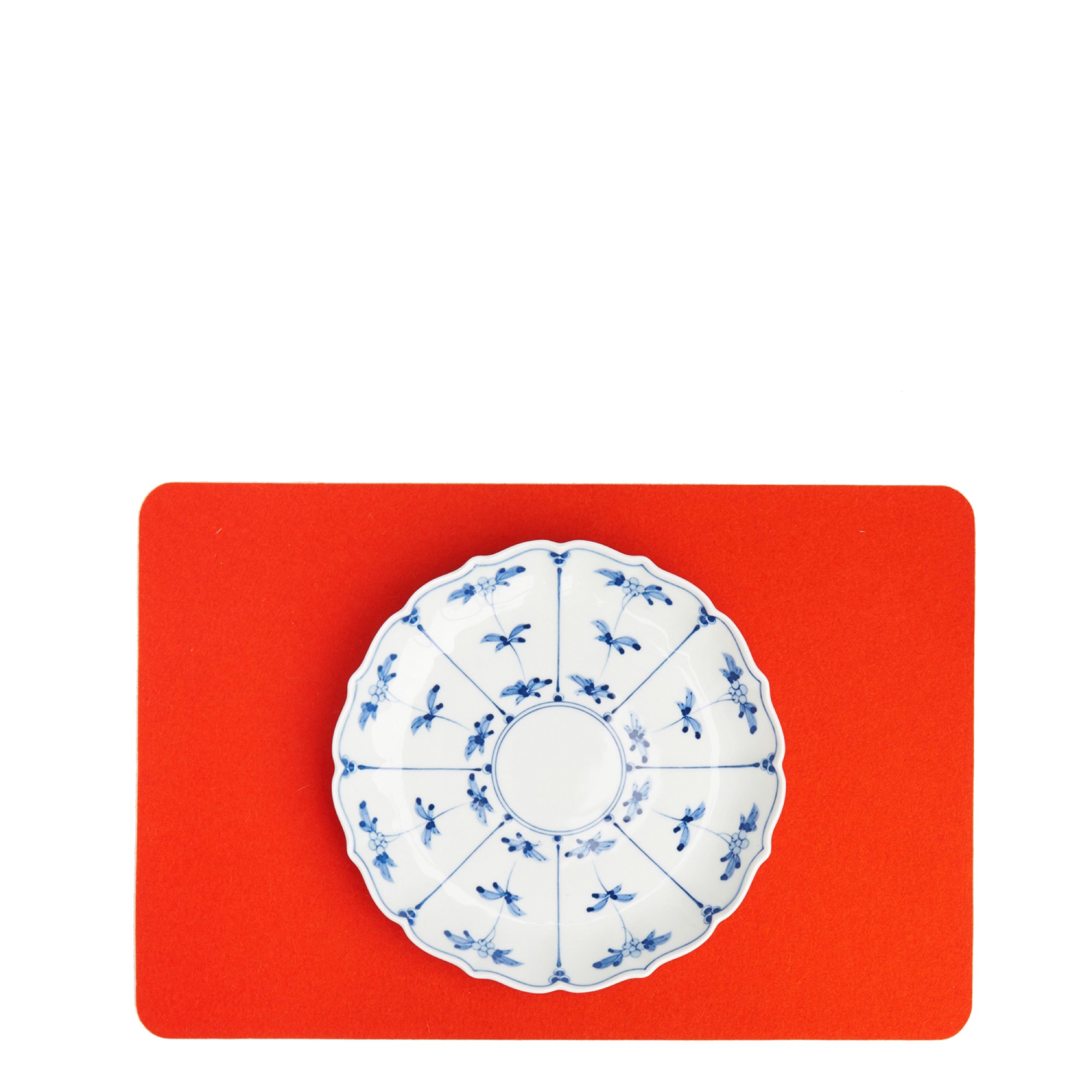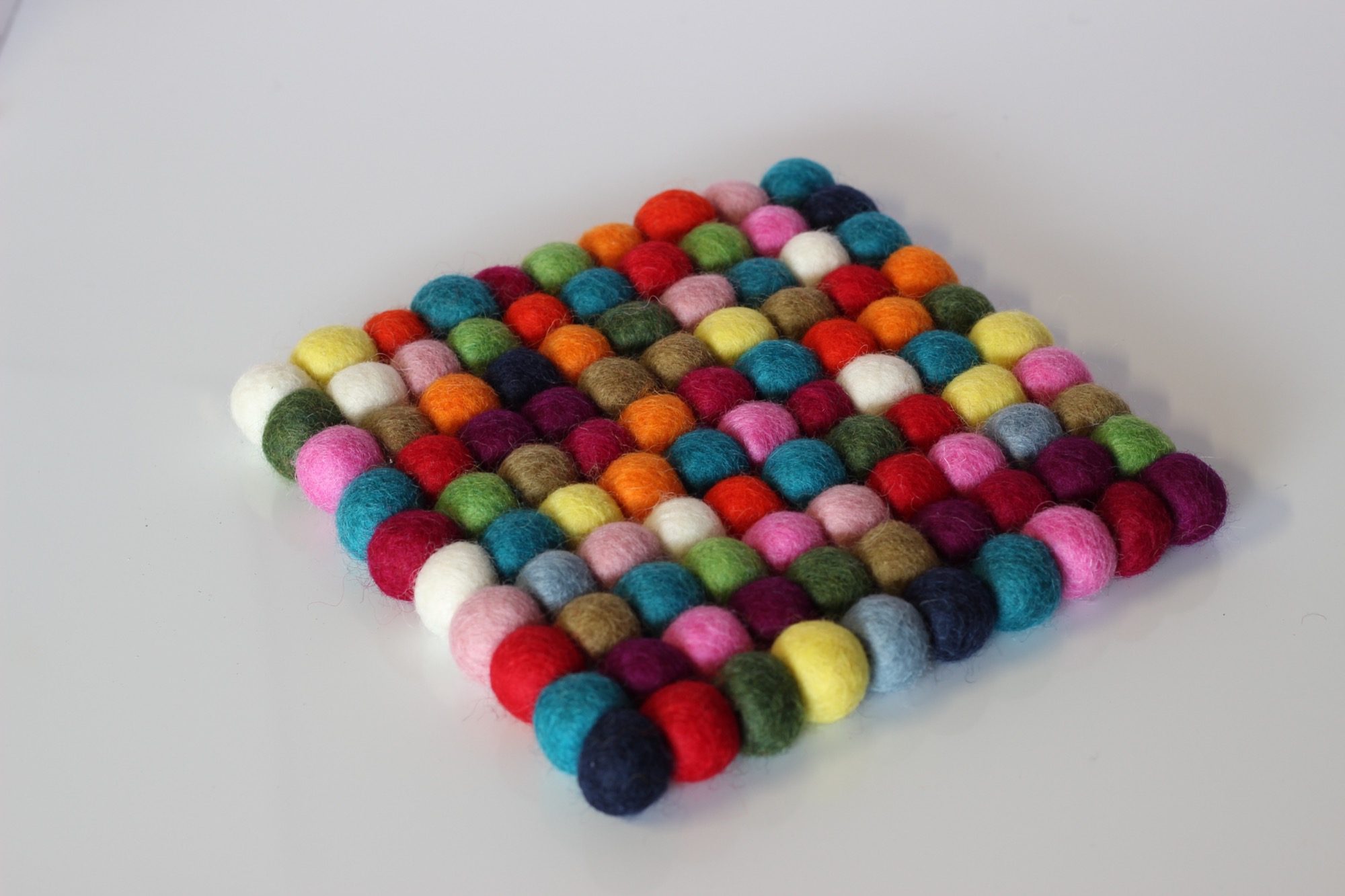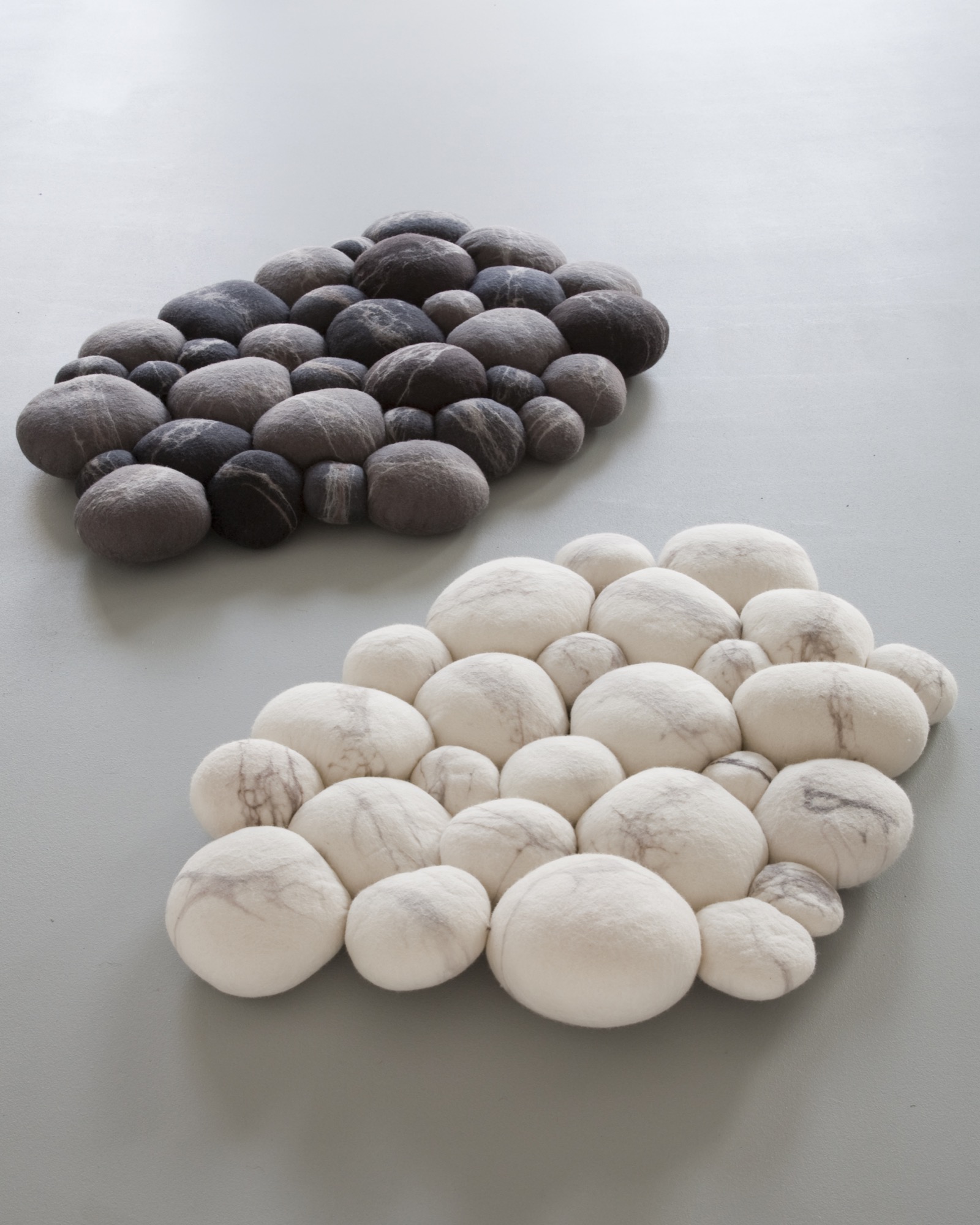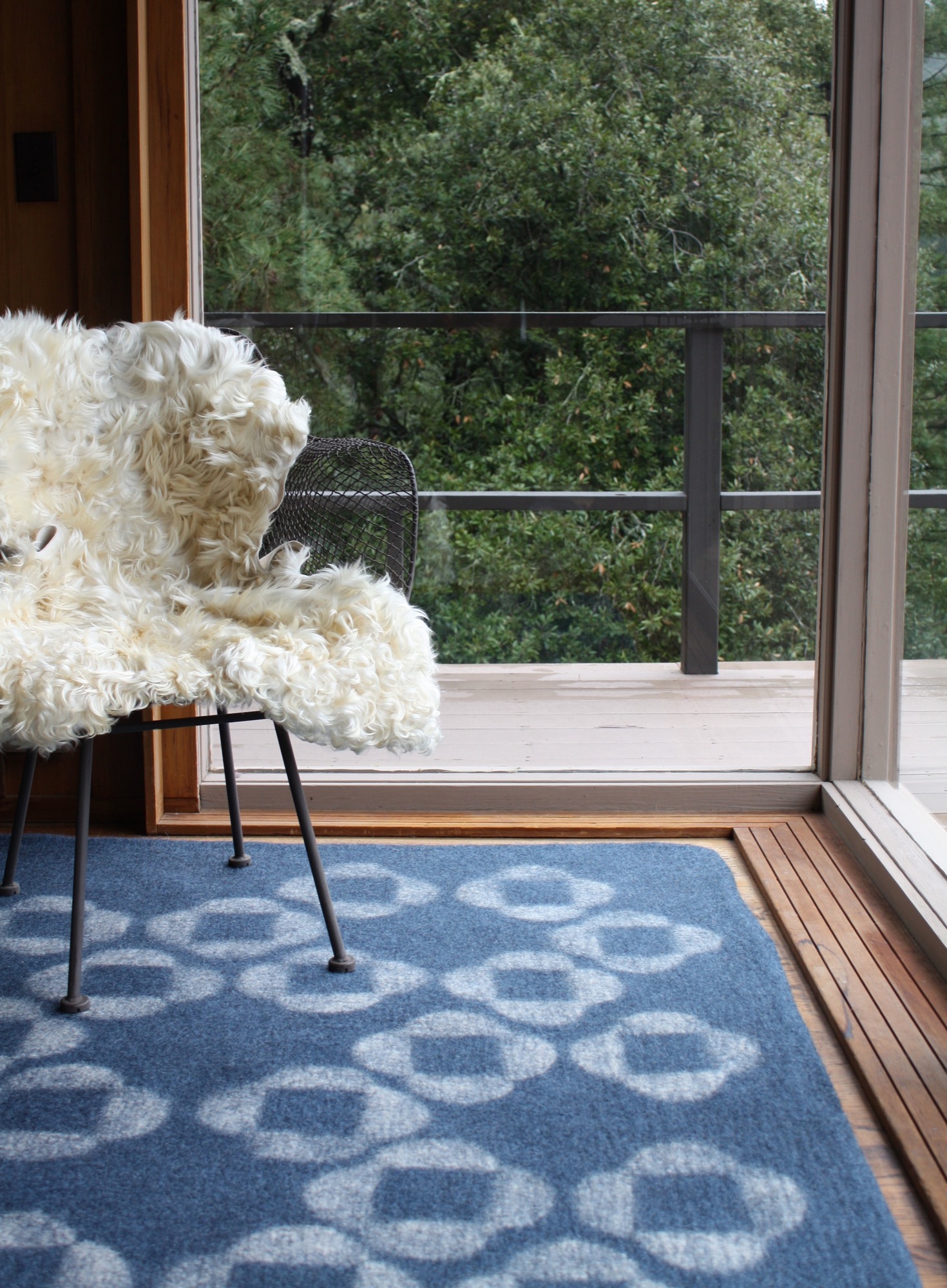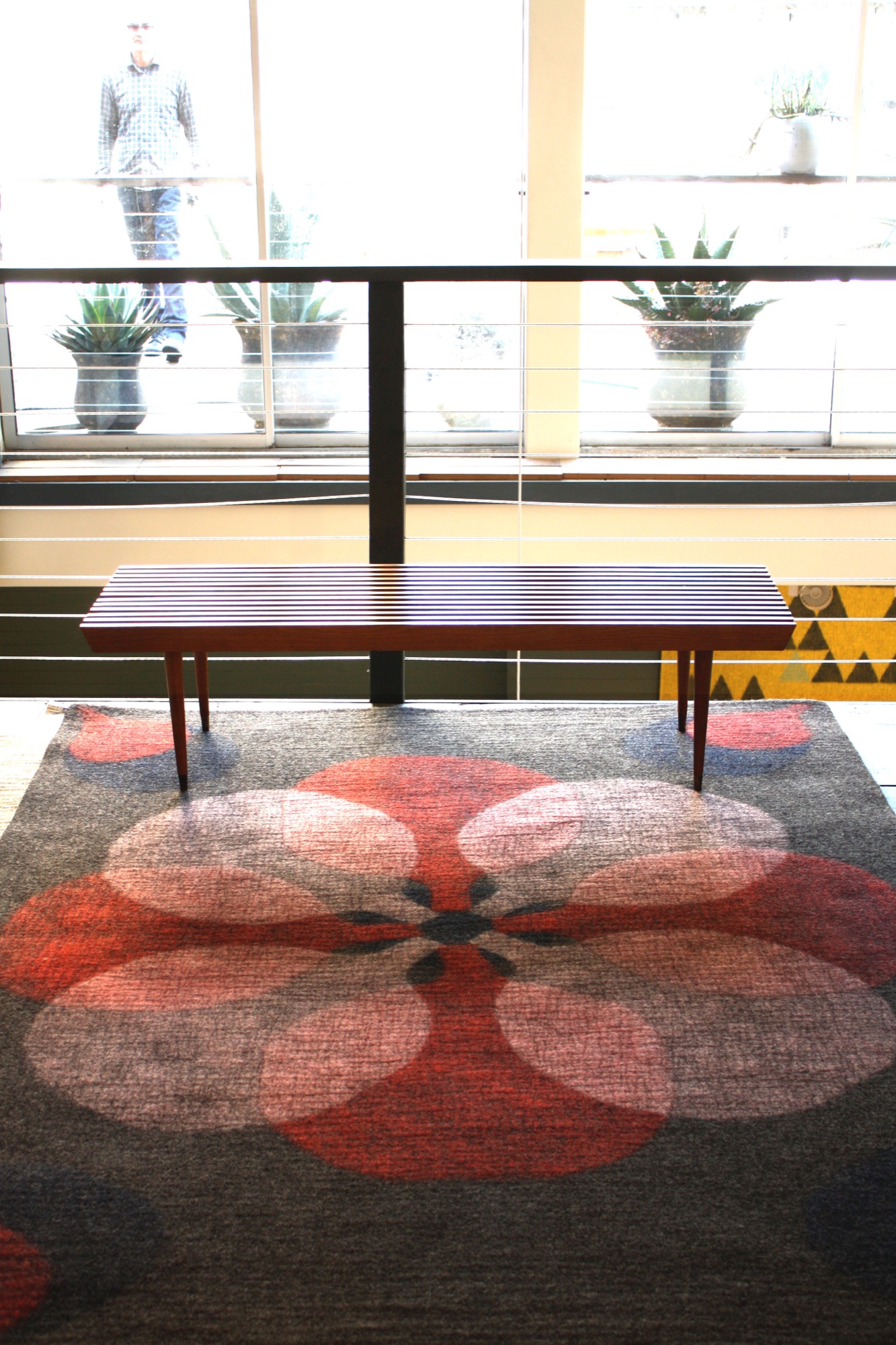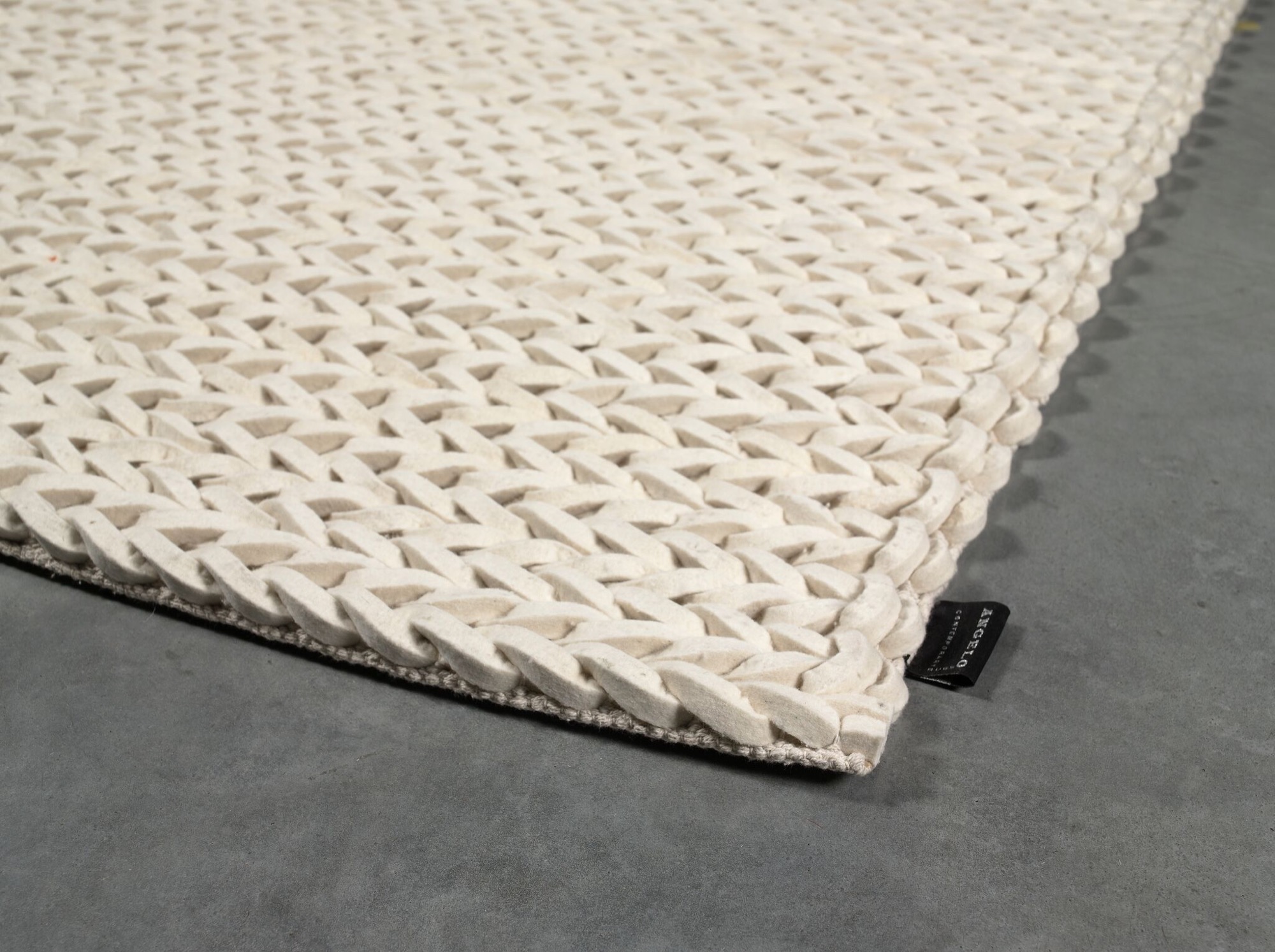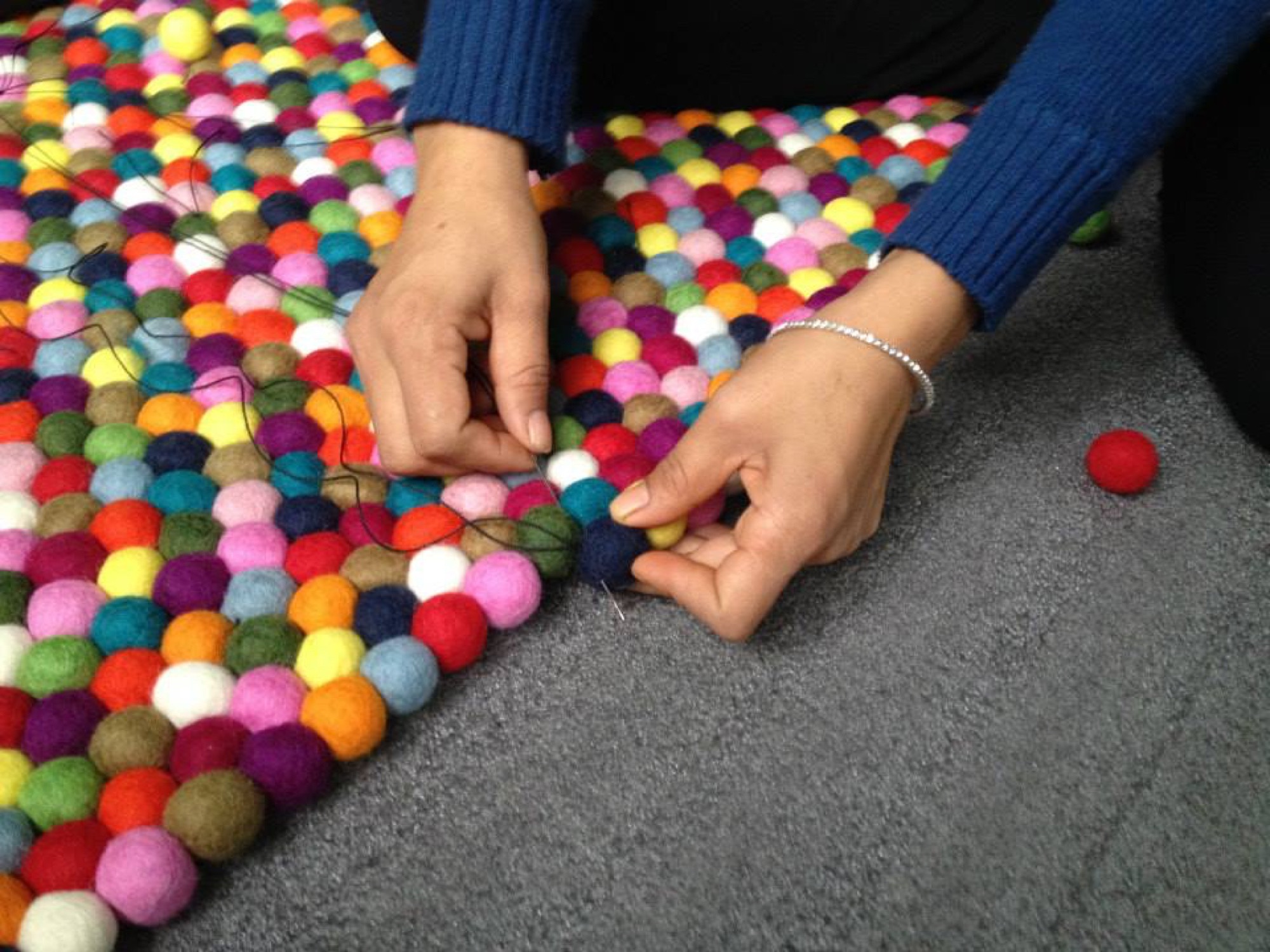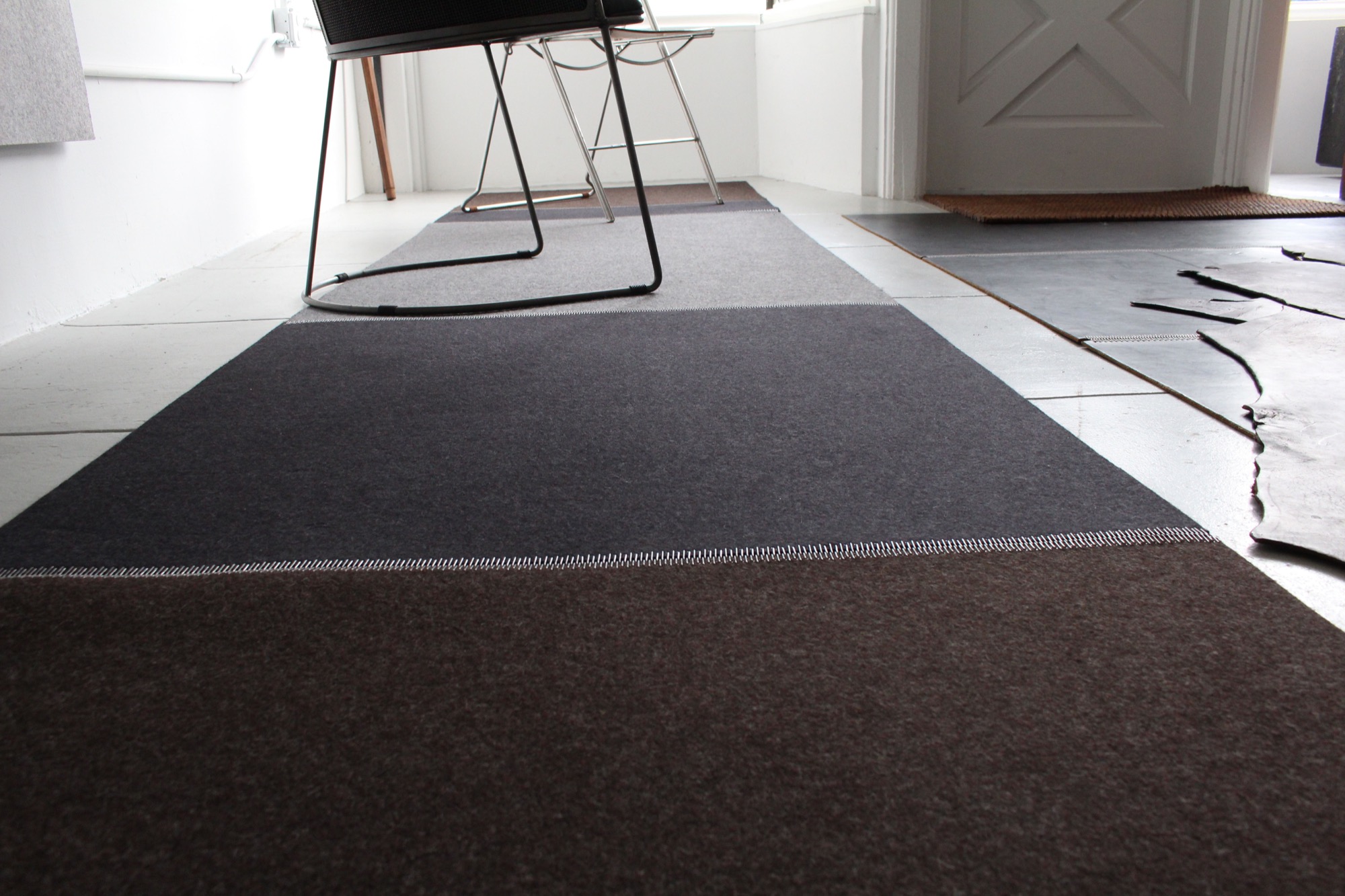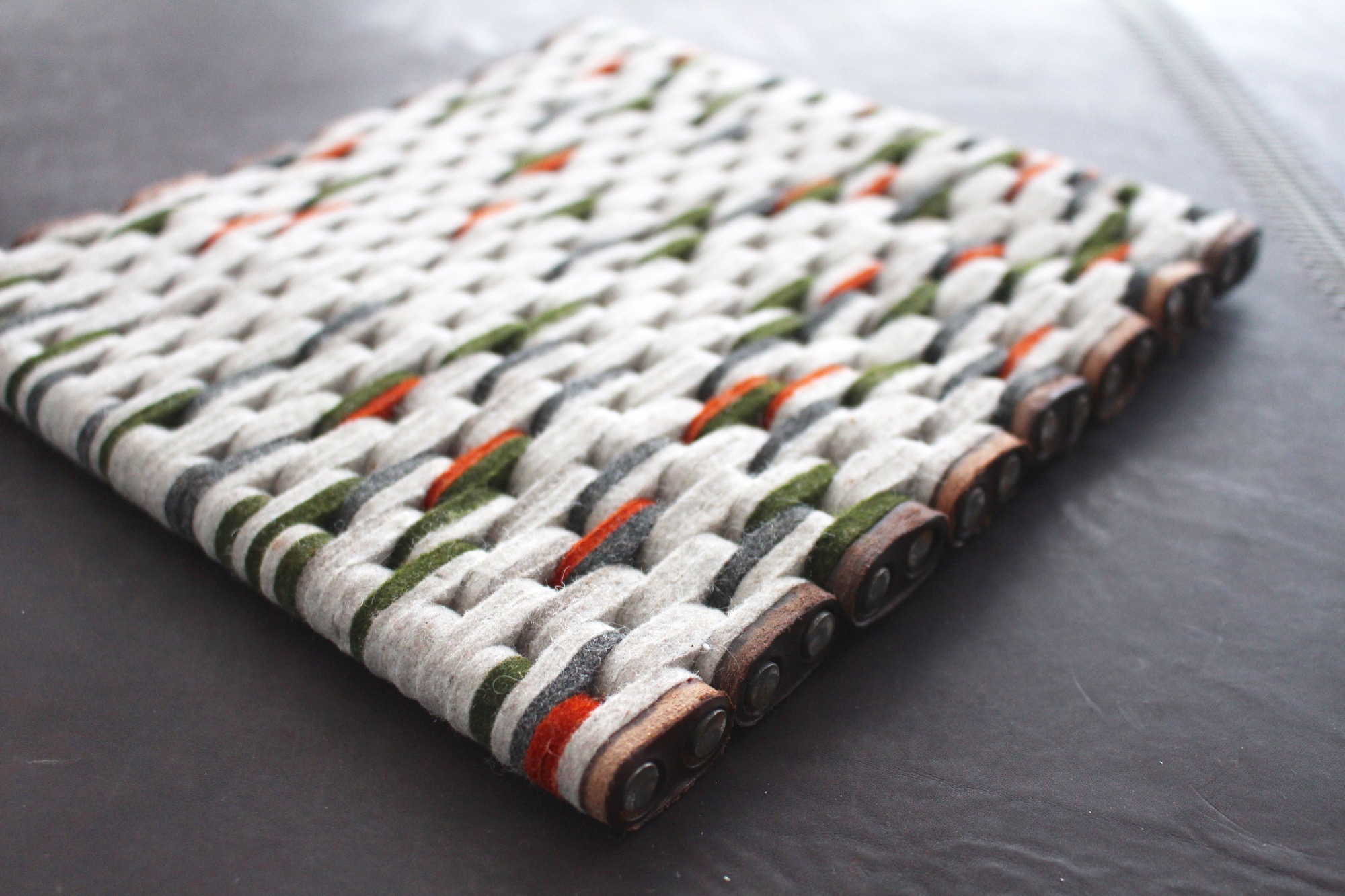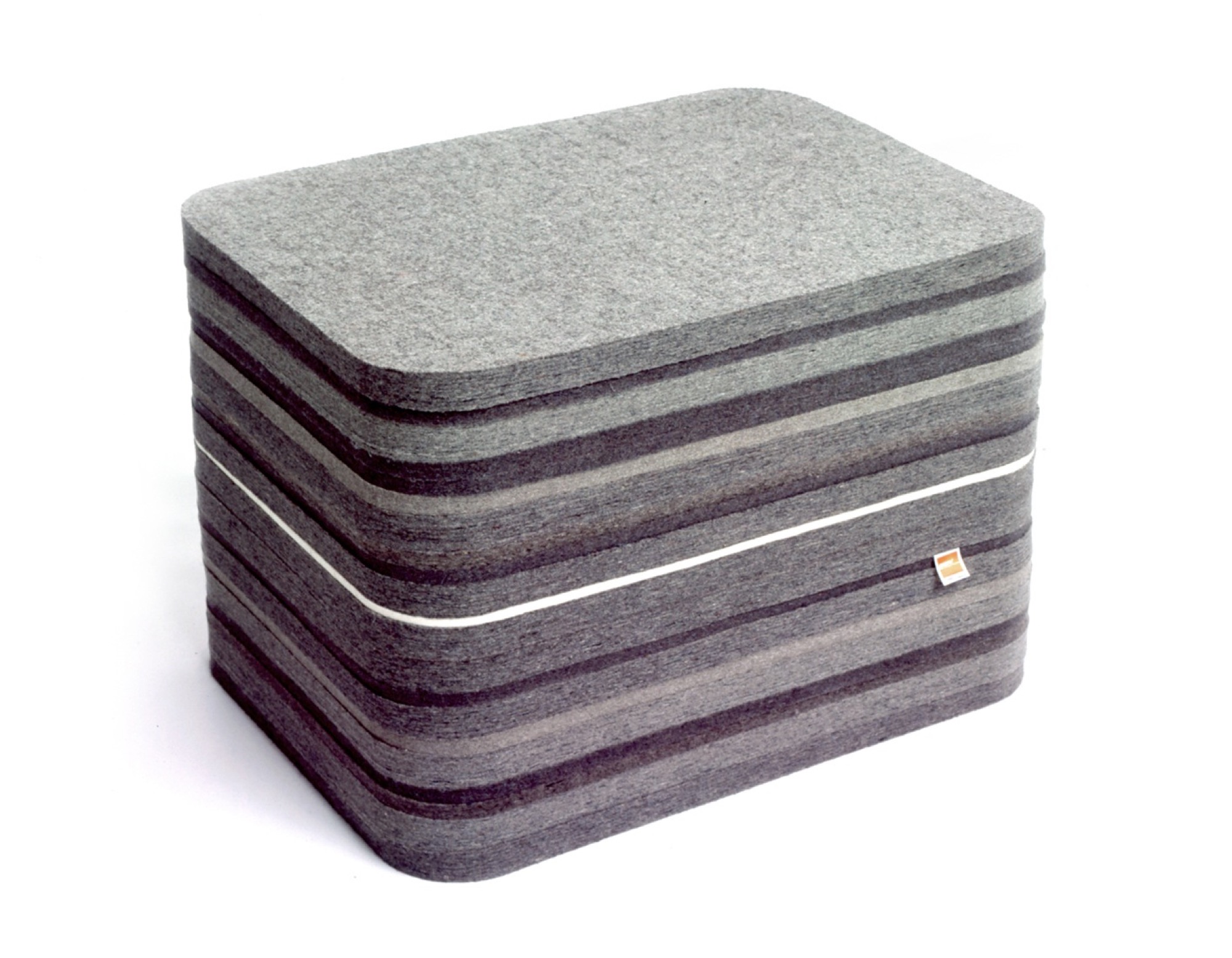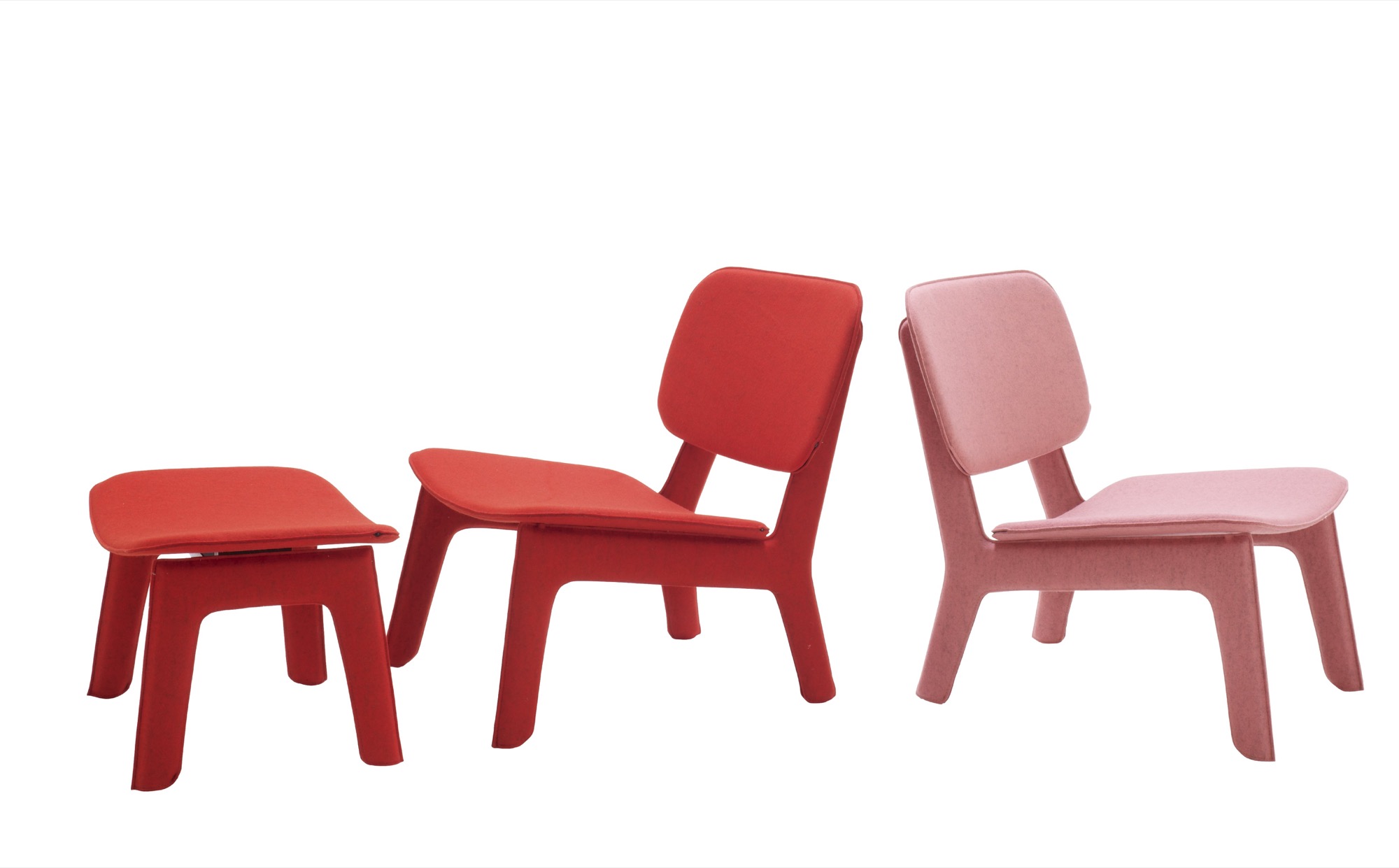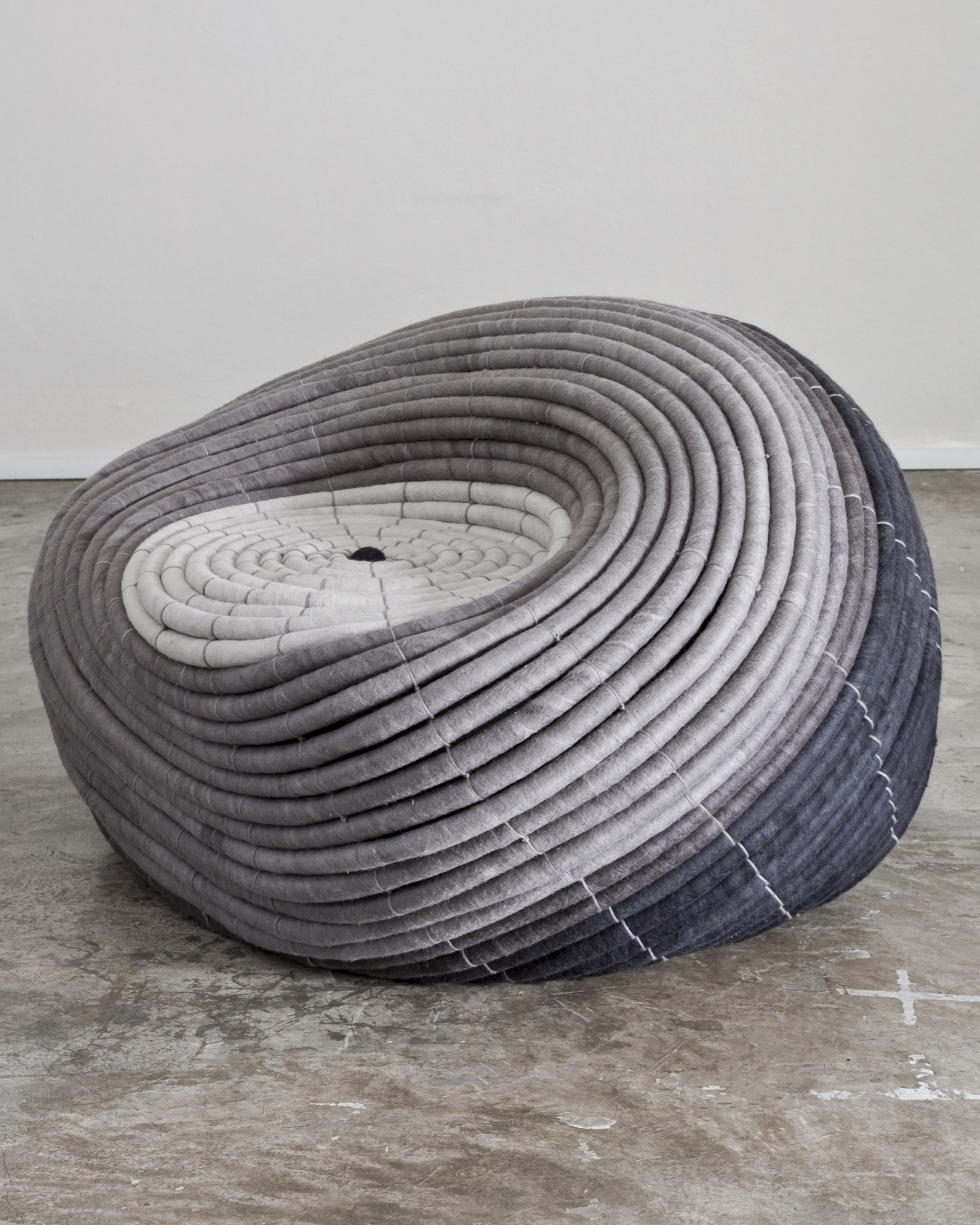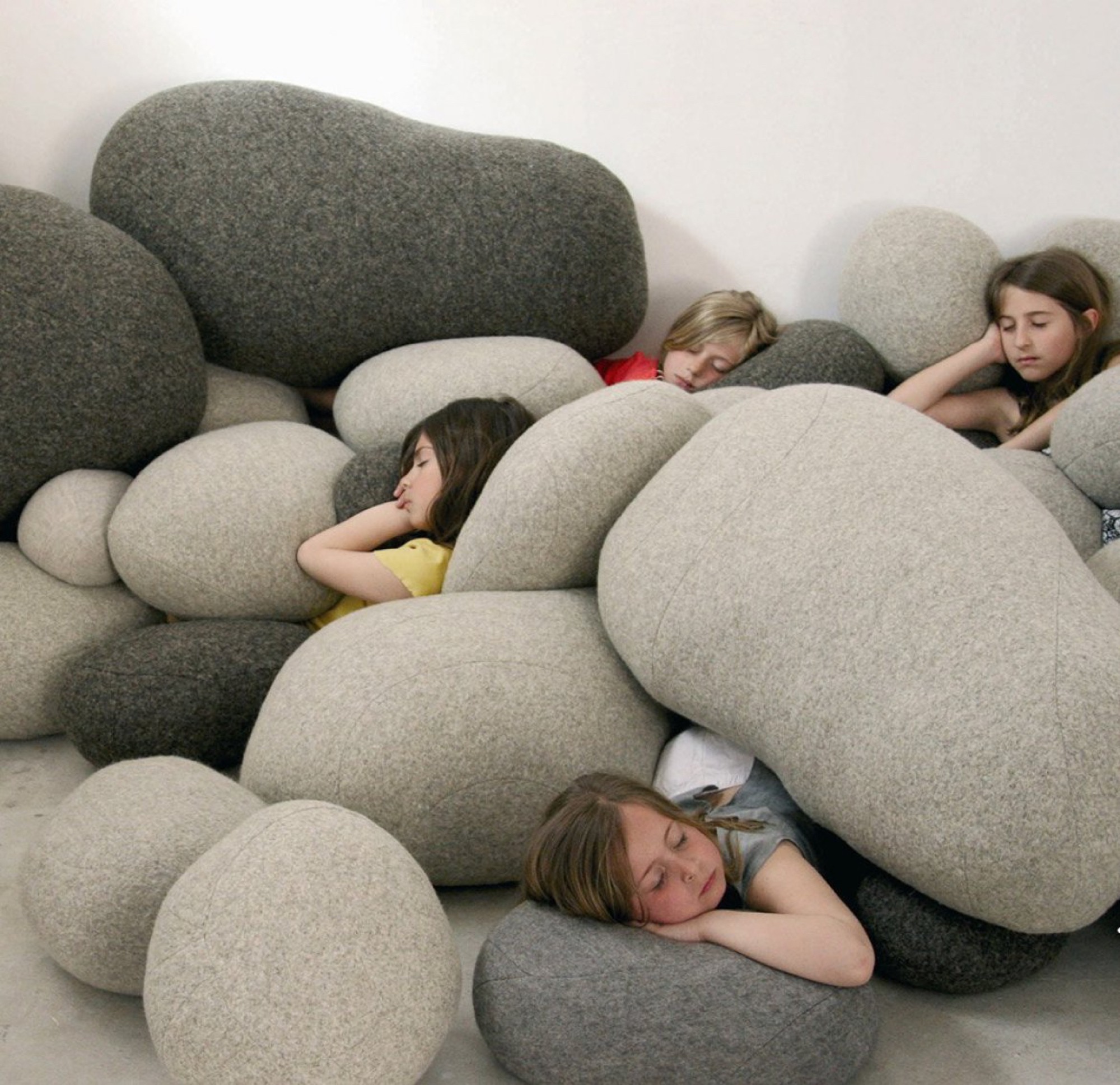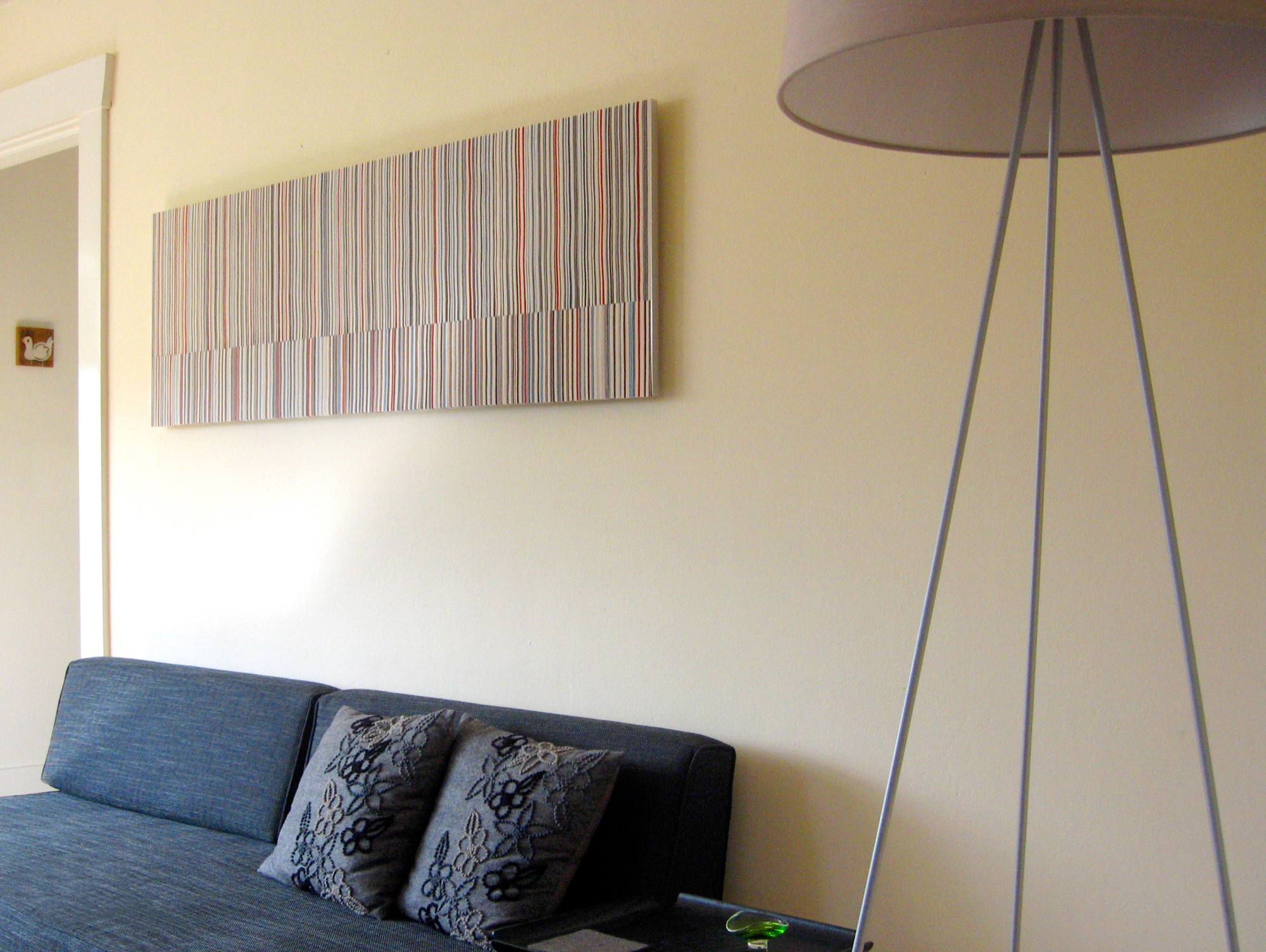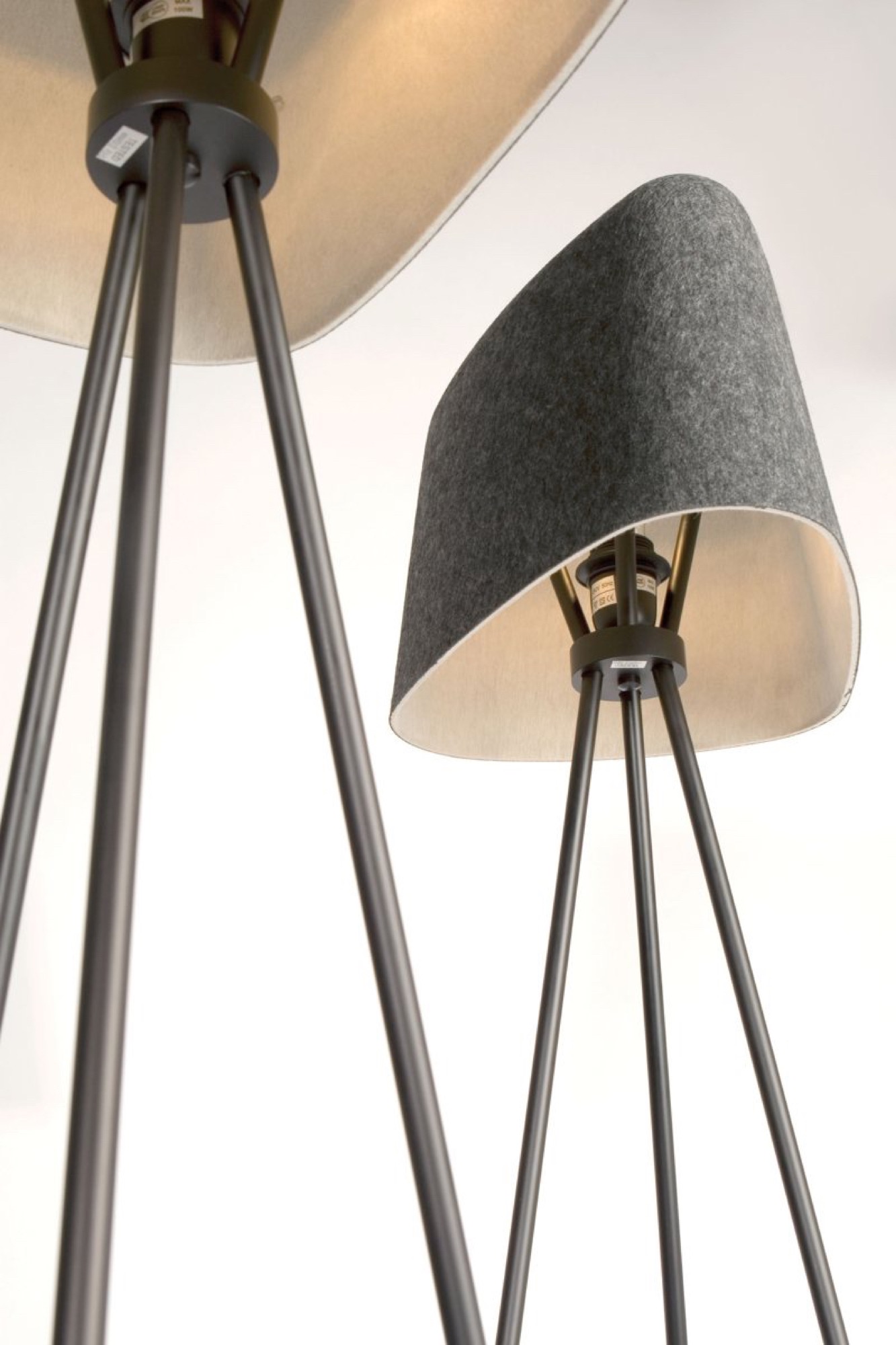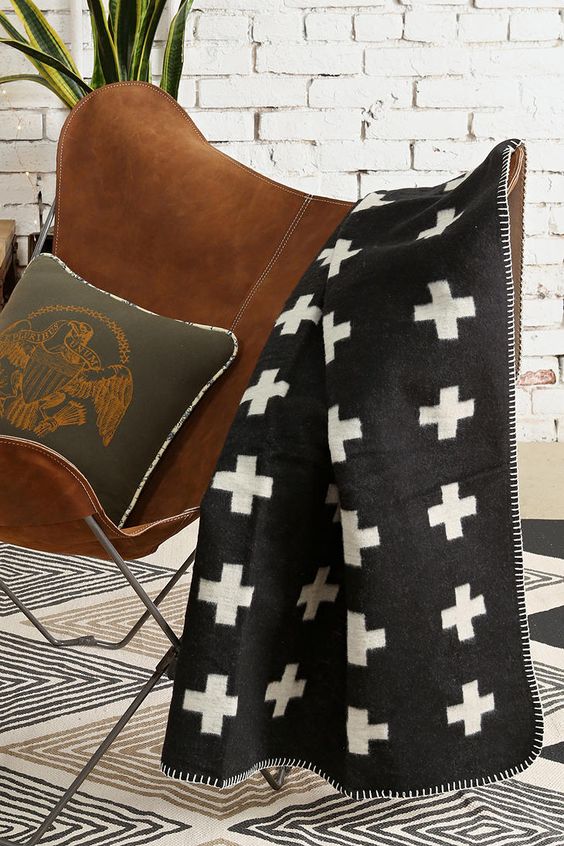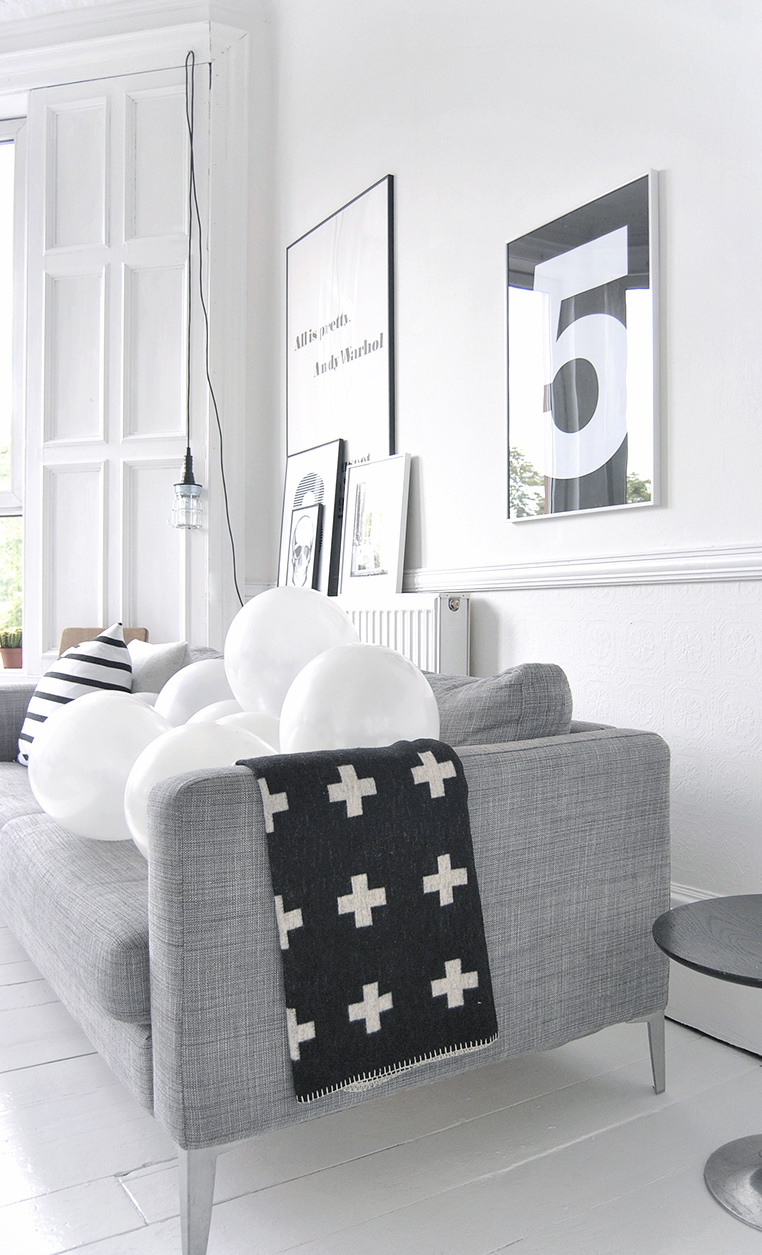
Inspirations
Explore the elevated life in the mountains. This content debuted in 2015 with Alpine Modern’s printed quarterly magazine project.
Home Accessories in Felt
So touchable! Modern pillows, baskets and rugs made from wool and other warm materials.
The archaeologists who liberated the city of Pompeii from the layers of ash preserving it made the fascinating discovery of several felt shops. The ancient Pompeiian felt merchants specialized in wearable pieces like hats, gloves, cloaks and blouses. There are murals depicting the felters at work, kneading the rolls of wool on a low table. The vats present in the work spaces indicate that they also developed a process for dying the felted wool various color ways. While these felters and their shops remain forever frozen in the moment that Mount Vesuvius erupted, felt as a textile has endured. Today, felt is available in a multitude of colors and has enjoyed special status as a favorite craft material. Used for Halloween costumes, elementary school stage sets, holiday decorations, dolly clothes and beginning sewing projects, felt has been a presence in many childhoods. Its woolly texture is tactilely engaging and elicits feelings of comfort and coziness. Felt is now being used as a fabrication for a range of home accessories that add both warmth and appeal to modern spaces.
Felted storage baskets
The following felt baskets offer a winsome means of organizing the modern home and can contain all manner of living room paraphernalia: books, magazines, blankets, extra cushions or firewood.
Muuto’s tidy, molded Restore baskets have rounded, crisp, die-cut edges.
The Korb Tote from Graf Lantz is constructed from felt flexible enough that the leather handles may be folded down for a lower profile or left upright for use as a carrier bag.
Tamar Nix of boodo creates felt storage baskets with an even, geometric cut out pattern that looks woven.
Felt accessories for cuddling up
Felt pillows and throws tucked onto a sofa encourage you to nestle in. The Pebble Cushions from Ronel Jordaan look like a collection of soft, variegated stones.
Bludot’s Duck Duck pillows come in a range of cheerful solids with refreshing, contrasted piping.
The felted cushions and blankets from Fog & Fury range from graphic striped and geometric designs to quieter, blurred compositions with raised woolen curls.
Felt in the kitchen
Felt has also made its way into the kitchen. The understated New Form Felt Bread Baskets from Menu are edged in an exposed zigzag stitch. The morning’s baked goods have never looked more tempting.
The simple Wool Felt Placemats from Graf Lantz add cozy, dimension to your table.
Felt Ball Rug Australia offer colorful, fuzzy trivets prepared to host your tea kettle or warm evening casserole.
Felt for the bath
Beyond felt, the Pompeiians of Ancient Rome were also known for their public thermal baths. How they would have enjoyed stepping out of the bathing pools onto Ronel Jordaan’s inviting felted Pebble Bath Mats.
Rugs and Furniture in Felt
A warm and fuzzy curation by Boulder interior designer Jennifer Rhode
Felt has a longer history than people may know. It is considered to be the oldest known woolen textile. The Sumerians have myths about its origins, and several felt shops were discovered in ancient Pompeii. Today, felt is being revived as a construction material for modern furniture and accessories that are inherently warm.
Rugs handmade in Iran
The felt of ancient Pompeii was created by matting and compressing wool fibers, and today’s felted rugs are produced in much the same way. The area rugs of Peace Industry are handmade in a workshop in Iran. The rugs are traditional in their time-honored production process, but the simple, geometric designs are thoroughly modern.
Braid pattern rug
The braided felt rugs of Angelo Rugs’ Highland Collection also celebrate heritage with the classical braid design, but the square, die-cut strand execution is crisp and fresh.
Colorful felt ball rugs
The felt ball rugs of Nepal resemble woolly marbles in a kaleidoscope of colors, stitched together. These whimsical rugs invite you to remove your shoes and engage.
Industrial felt rugs
Jim Zivic puts an industrial twist on both of his felt wool rug collections. For one, he attaches multiple colored felt panels with steel hinges, melding soft and mechanical. Zivic’s newest line features rugs created with felt strips linked together in random color ways, making each leather bound rug unique.
Die-cut bench
Felt is also being used to construct seating. The die-cut felt Joseph bench by Chris Ferebee is elegant in its simplicity, but exudes earnestness and warmth with its stacked, striped, woolen texture.
Felted chairs
The Felt Chairs by Ligne Roset are campy and sweet in their bright bubble gum colors, complemented by the clean, pared lines of the chair frame.
Coiled felt pouf
South African designer Ronel Jordaan’s Ndebele Chair is a circular, flexible seat created by stitching together a long felted wool coil. The serpentine design entices you to relax right into the center.
Felt stones
Stephanie Marin’s Living Stones are an unexpected contrast of soft, appealing textile and shape, depicting a natural element that is typically cold and hard. The stones beckon you to cuddle up and participate.
Felt Wall Art
The anodized, acoustic felt wall sculptures of Submaterial are creative collections of felt pieces arranged in colorful striped or geometric compositions—warm and modern.
Felted lamp shades
Outofstock’s pendant Stamp lamp and Tom Dixon’s Felt Floor Lamp surprise by using a thin layer of felt on their shades, providing both light and cozy comfort. Surely, the Sumerians would have appreciated such illumination when stamping out cuneiform on their clay tablets in the evening. △
She Felt Beautiful
Swedish designer Pia Wallén talks about her iconic Crux Blanket and the bold creations she makes from wool felt
Pia Wallén, who was born in Umeå, Sweden, and now lives and works in Stockholm, creates bold, minimalist objects from her signature wool-felted materials.
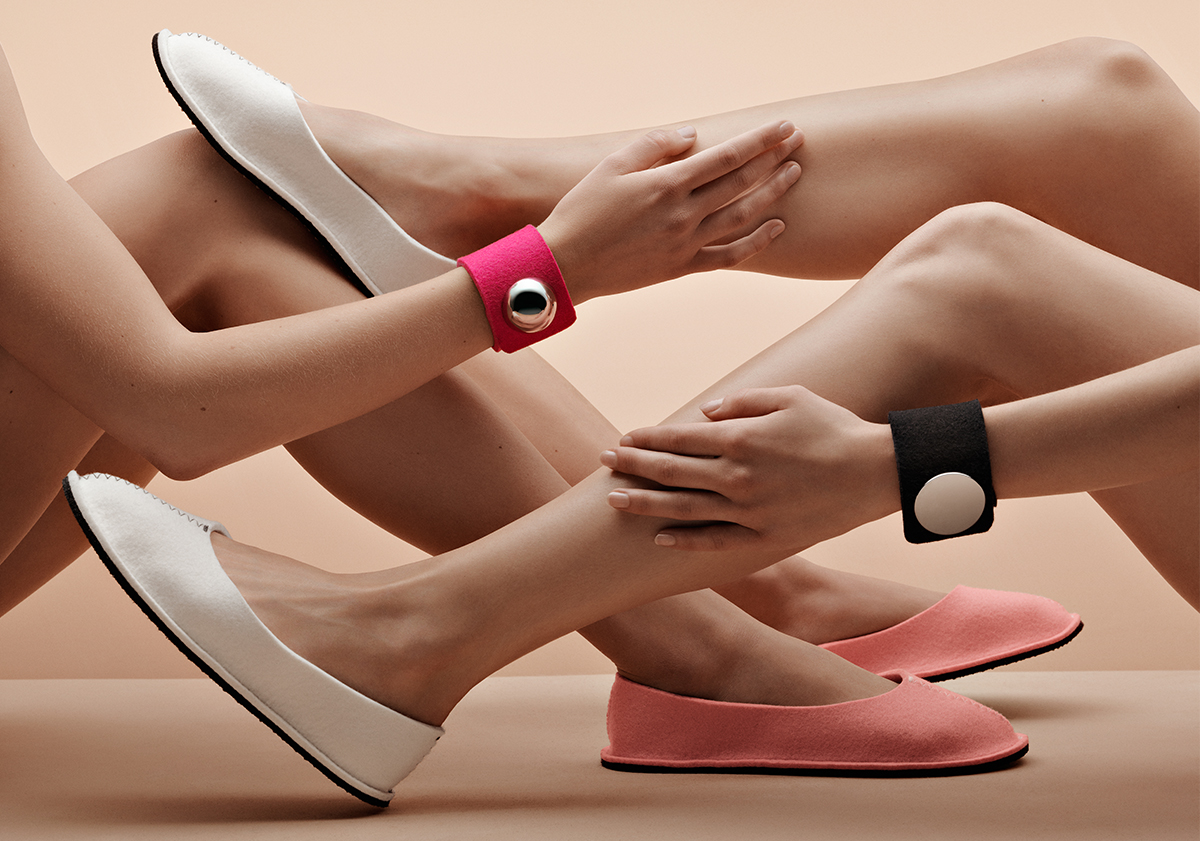
Wallén, who studied fashion design at the Beckman’s College of Design in Stockholm in the mid eighties, made an international breakthrough with her own namesake brand in the early nineties. Over the years, she has collaborated with IKEA and brands such as the Swedish design label Asplund and Italian leather manufacturers Arte & Cuoio.
Inspired by traditional Swedish folk craft techniques and patterns, her bold, minimalist designs also have a dramatic modern edge. This juxtaposition of ancestral craftsmanship and her unmistakeable, contemporary—yes, futuristic—designs have become Wallén’s trademark.

Her already iconic work is displayed in the permanent collections of Sweden’s National Museum of Fine Arts, the Röhsska Museum for Design, Fashion and Decorative Arts in Gothenburg, and the Museum für Angewandte Kunst in Cologne, Germany. She has participated in exhibitions around the globe, including at the Centre Pompidou in Paris and Victoria & Albert in London.
One our favorite Pia Wallén designs at Alpine Modern is the Crux Blanket, which the designer designates her “icon.” In Swedish folk art tradition, the cross (crux in Latin) is a strong symbol for hope, a meeting point of heaven and earth, plus, the designer says German artist Joseph Beuys (1921–1986) was also an influence. Introduced in 1991, the Crux Blanket has meanwhile become a classic in contemporary Swedish design history. Fostering mutually meaningful and lasting relationships with her manufacturers is very important to Pia Wallén. The original blanket is still produced by the same small family weavers in southern Sweden, using the finest wool and traditional Scandinavian felting methods.
The traditional weaving and felting process takes time, which is why supply of the handcrafted wool object is limited. Thus, Pia Wallén has introduced a new version of her treasured paragon: the new Cross Blanket in pure organic cotton, produced in collaboration with a Swedish company that manufactures in Peru.
We recently caught up with the designer to talk about her brand, her inspirations, and about life.
A conversation with Swedish designer Pia Wallén

What is your vision for the brand that bears your name?
My ambition is to create a deeper meaning, content, sympathy, and respect in the relation between the object and the user.
Your collections include accessories, jewelry, and interior objects. How do you decide what products to make?
It’s a combination of fulfilling my personal needs, ideas, and a curiosity for developing my new products as well as my old ones. It’s a lot like researching. It’s important for me to find and develop a good relationship with my manufacturers, and together with them create new techniques and products.
Your recent lines of accessories and jewellery have joined objects that combine felt, metal, leather, lacquer, plastic, and other materials in striking new ways. How do you choose and source your exquisite materials?
I’ve specialised in wool-felted materials and that is the main material throughout my collections. I’m inspired by materials from different cultures as well as by new, futuristic materials.

What does quiet design mean to you?
Quiet design is discrete and anonymous.
What’s your legacy (thus far)?
That my designs are objects to like, to sympathize and share a life with. My classic objects, like the Slippers and the Crux Blanket, have been in the collection for over 20 years, and I hope for many years to come.
What’s your favorite place in the world?
Paris, it’s like a second home for me.
What does “home” mean to you?
Home is where I nourish.
What’s most important to you in life?
Love and health.
When are you happiest?
When I exceed the expectation of my creations.
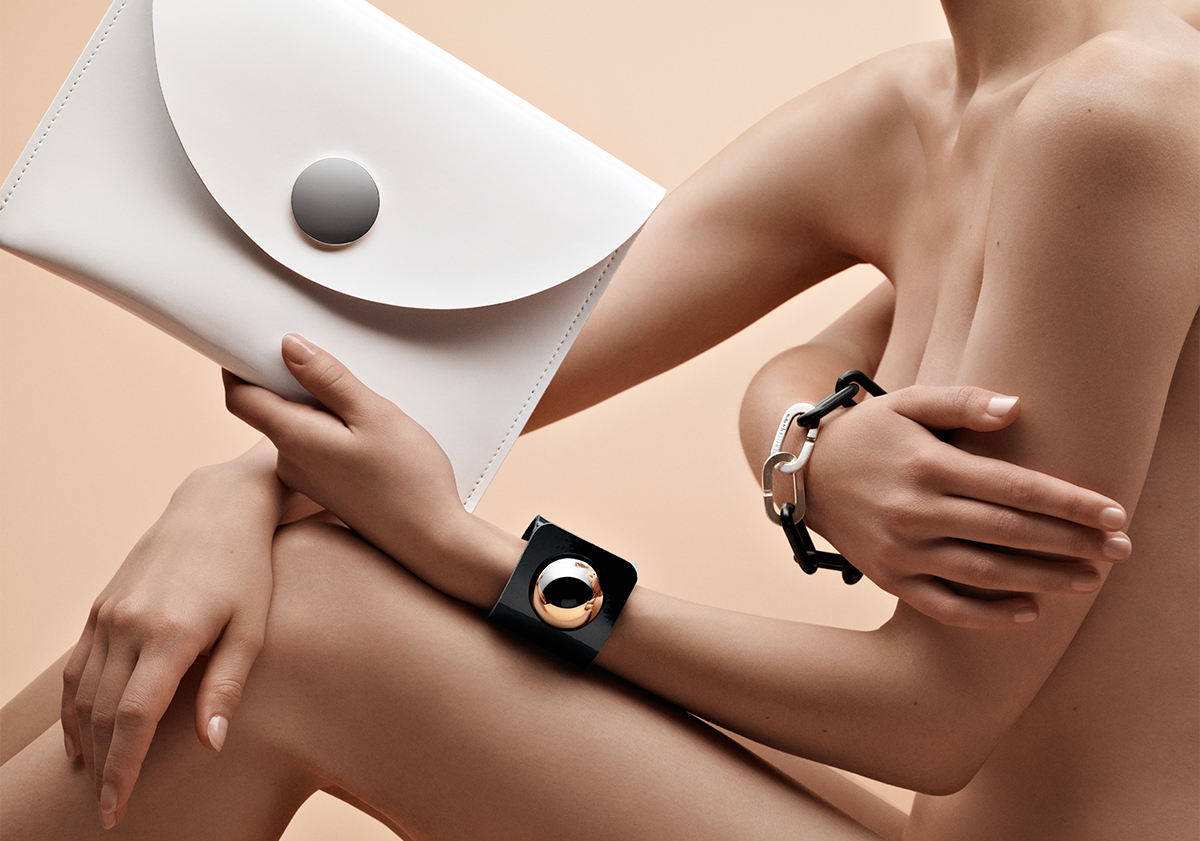
Who is your design icon, and what do you admire about her or him?
The artist Eva Hesse, for her work and life—a pioneer for female art. And also the artist Meret Oppenheim; she has influenced some of my work.
What are you working on these days?
Currently, I am working with the exhibition “Shapes of Fashion—Nordic Artwear” for the Textile Museum in the south of Sweden. It’s a continued work of my Capes Project, which started in 2015. △

